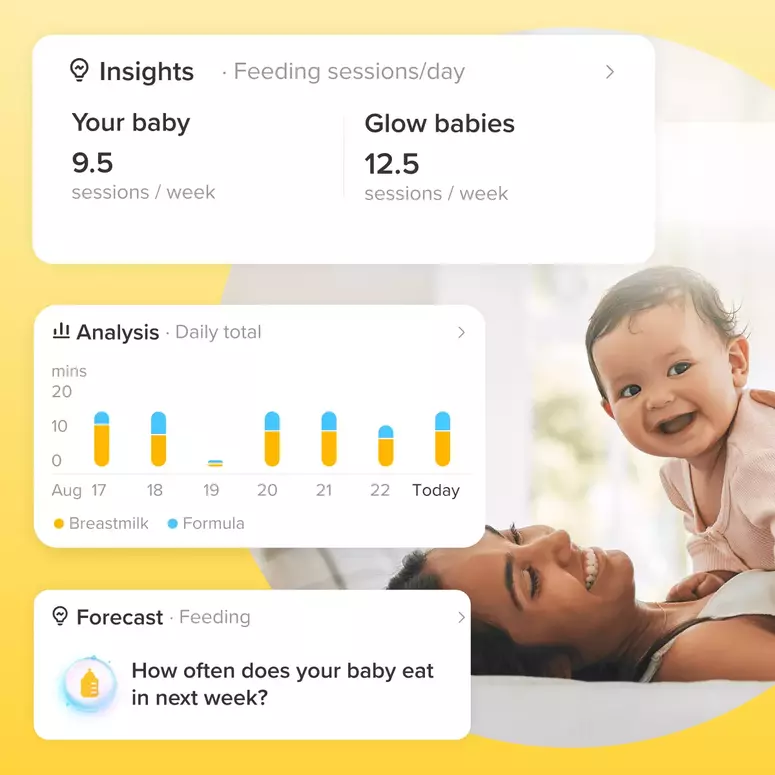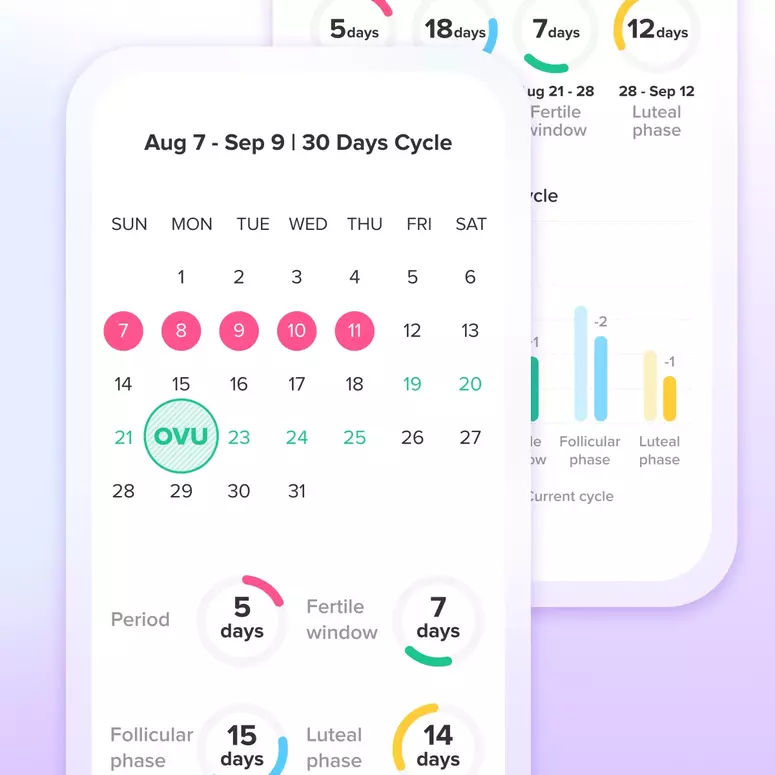How to Pay for IVF
How to pay for fertility treatment
In case it isn’t clear yet, the costs of IVF can be truly overwhelming. There’s the cost of the treatment itself. Then there are a number of procedures in addition to treatment that can increase the final IVF cost dramatically: your initial fertility work-up, blood work, medications, and ultrasounds.
In fact, one study followed out-of-pocket expenses for couples and found that they were spending over $19,000 for treatment, on average.
Yes, costs are high. But there are a variety of options available to help you tackle this spending.

Eniko, Glow Fertility Program, IVF patient with Emily
Health Insurance
While IVF is often not covered under health insurance policies and fertility clinics may not accept insurance, some insurance companies will cover expenses if you can prove infertility. Others may at least cover your diagnostic tests which can save you thousands.
If you're thinking of IVF, it is to your benefit to become very familiar with your insurance policy. Read your policy carefully, line by line, looking for information related to fertility treatment. Know and understand it well, and then call your provider to discuss it further. If you get mixed information, ask again. Insurance providers may not have clear information on this issue, but if your policy suggests fertility treatments are covered, keep pushing.
Additionally, some states mandate health insurance coverage for fertility treatment. Up-to-date information about your state’s policies can be found at Resolve.org, the National Infertility Association’s website. Find out if your state is on this list, and use the website’s other resources on making treatment affordable to be as economical as possible.

Flexible Spending Accounts and Health Savings Plans
Flexible spending accounts (FSAs) can cut costs by one-third or more by using pretax dollars to pay for expenses. An FSA is a savings account that you can use to pay for out-of-pocket healthcare costs. It’s an employee benefit associated with your health insurance plan, and sometimes your employer may even fund a portion of it annually.
Most infertility treatments qualify for FSA spending, and you can best utilize these savings by putting the maximum allowed annual amount into your FSA the year you plan to seek treatment. If both you and your partner have an FSA, you can both contribute the maximum allowed into your accounts to double your savings.
Just like an FSA, a health savings plan (HSA) allows you to pay for health care costs with pretax dollars. You may have an HSA through your employer or you may establish one through the health insurance marketplace. With an HSA, you can contribute up to a maximum allowed amount annually to pay for healthcare-related costs. Unlike an FSA, the funds aren’t “use it or lose it” and your funds can grow over time, allowing you to plan in advance for upcoming high healthcare expenses, such as fertility treatment.

Amber, Glow Fertility Program, IVF patient
Shared Risk IVF Refund Programs
Shared risk IVF refund programs involve paying a flat fee up front for multiple treatments. If the treatments are successful, you pay the full fee. If the treatments are unsuccessful, you are reimbursed the fee. The benefit is the guarantee of a successful pregnancy and delivery for your money. However, if you are successful with your first treatment, this route may be more expensive than others.
Borrowing Money for Treatment
Borrowing the money—from a family member, by using a credit card, or by taking out a loan from a bank—is another option to pay the high cost of IVF.
Borrowing money from family can be a delicate ordeal. The possibility of missing a payment or tensions arising from the agreement could be a reason to stay away from this option. However, if you have a solid relationship, the lender can afford the loan, and you can pay the money back over time, this can be a good option.
Using a credit card can be a way to pay for treatment without delay. However, costs add up quickly, and an outstanding balance will incur high interest fees quickly (that typically compound daily). If you plan to use a credit card, pay off outstanding balances first, plan to pay off the card quickly, and call your company to try negotiating a lower APR for a set amount of time. Be sure to be aware of hidden fees and compounding interest.
Taking out a bank loan is another option. If you own your home, this can be a home equity loan. If not, and if you have good credit, you may qualify for a personal or medical loan. Personal and medical loans tend to have a higher APR, but they also may have a short-term lower or 0% interest rate that allows you to pay some of the loan back before your rate goes up. If you live in New York, you can apply for a loan through Glow. These financing options feature simple monthly payments, no hidden fees, and a real-time decision (find out if you qualify in about 3 minutes). Unlike using a credit card, you don’t have to worry about compounding interest and fees for missed payments. What you see is exactly what you’ll pay.

If you live in New York, Glow provides a revolutionary way to pay for fertility treatments
Borrowing From Your Retirement Fund
Some people have funds secured in their IRA or 401K, and borrowing from this account is another option to pay for IVF. While you may incur big penalties for an early withdraw, some funds allow for emergency or medical withdraws with a lesser or no penalty incurred. You also may need to pay taxes on the borrowed funds and, if you lose your job, you may need to pay the loan back to your employer within a short timeframe. Talk to your fund’s financial advisor to ask particular questions about your options.
Grants, Scholarships, and Discounts
There are nonprofit organizations that provide financial assistance to select infertility patients, and it’s worth investigating to see if you qualify. There may be specific qualifications and application fees, and money is often awarded at only specific times per year. Resolve.org provides a listing of grants and scholarships as a place to start your research.
There are also discounts available for active duty military and veterans. Discounts and criteria vary by clinic, so check with clinics in your area. Resolve.org provides more information about providers who are involved in the program.
Crowdfunding
Crowdfunding is raising funds from a group: asking your friends and family to chip in small amounts in hopes of accumulating enough money to pay your fees. Crowdfunding counts on primary donors (friends and family directly connected to you) and secondary donors (friends of friends) knowing your infertility story and wanting to help out with a financial contribution.
Crowdfunding might be an option for you if you’re okay with sharing your story with everybody you know, asking others for money, and using social media to spread the word. There are a number of crowdfunding sites available, such as GoFundMe and GiveForward. Check these sites out and consider giving some funds small contributions to see how it works.
Whichever route you choose, make sure to do your research and plan carefully. These different options vary in the amount of time, paperwork, and pre-planning necessary to obtain the amount of money you need to accomplish your IVF goals.
Let's Glow!
Achieve your health goals from period to parenting.




